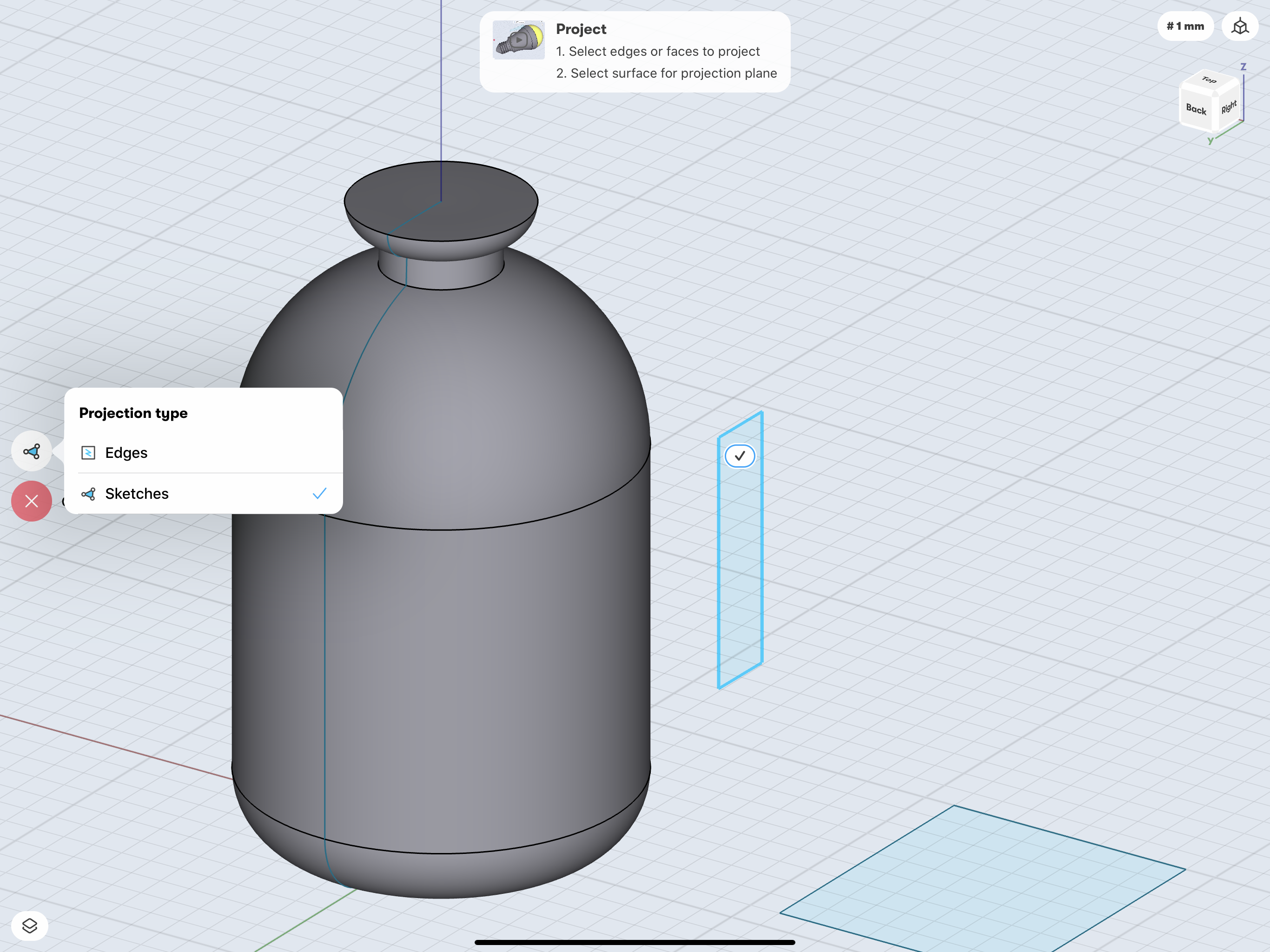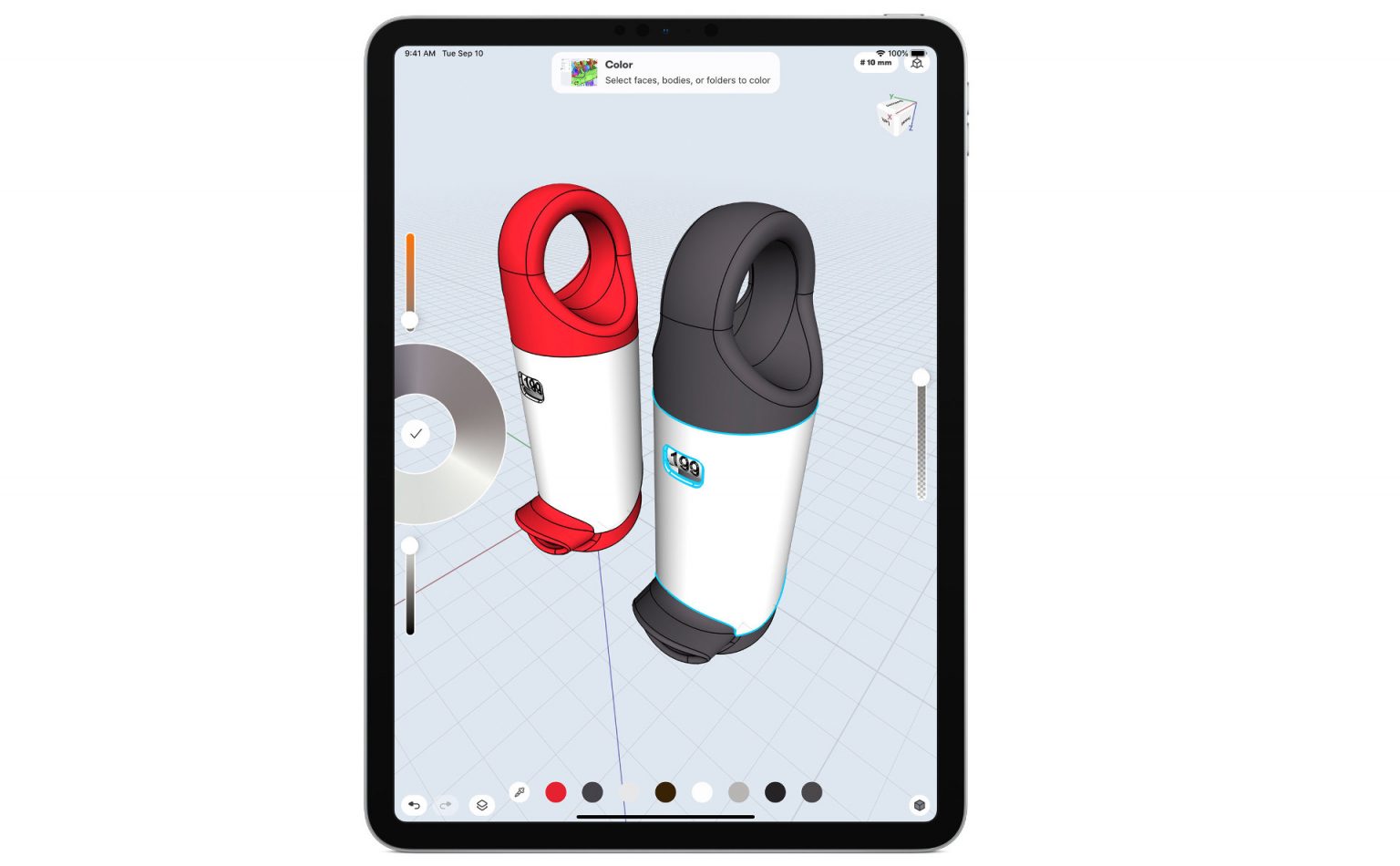


The team continues to evolve the adaptivity of the modelling process, in which the system presents commands and operations based on your selections, in order to speed things up and reduce screen clutter. To my mind, the interactivity of the modelling process is very well-matched with the interactivity of the iPad/Pencil combination. The system is unabashedly focused on direct modelling, and as such, the typical user will be more involved in using features to create geometry, rather than relying on carefully crafted and impeccably drawn sketches. The modelling tools within Shapr3D continue to mature nicely. Since we last looked at the system, there have been some pretty big additions to what the system is capable of and some interesting clues as to what the future holds for it, so let’s dig in and see where things are at. Where most CAD vendors had only tinkered with Apple’s tablet devices, Shapr3D went the whole hog and built a set of tools that allow you to interact with the iPad in a very fluid manner, taking advantage of both touch and the Apple Pencil to create and edit your geometry in 3D space.

The company was founded by István Csanády in Hungary in 2015, with the goal of bringing the benefits and power of 3D modelling tools to the iPad platform. In case you’ve not come across Shapr3D before, let’s first get you caught up.

The combination of Apple’s iPad Pro hardware, the recently updated Apple Pencil and a Parasolidbased 3D design system was pretty compelling, particularly for those looking to capture thoughts and ideas in 3D, via a very portable format. We first took a look at Shapr3D last year and the system impressed us. The future looks interesting, as Al Dean reports, with latest updates introducing both drawings and the beginning of MacOS support Shapr3D is one of the only 3D design applications so far to take advantage of both Apple’s iPad and Pencil hardware.


 0 kommentar(er)
0 kommentar(er)
